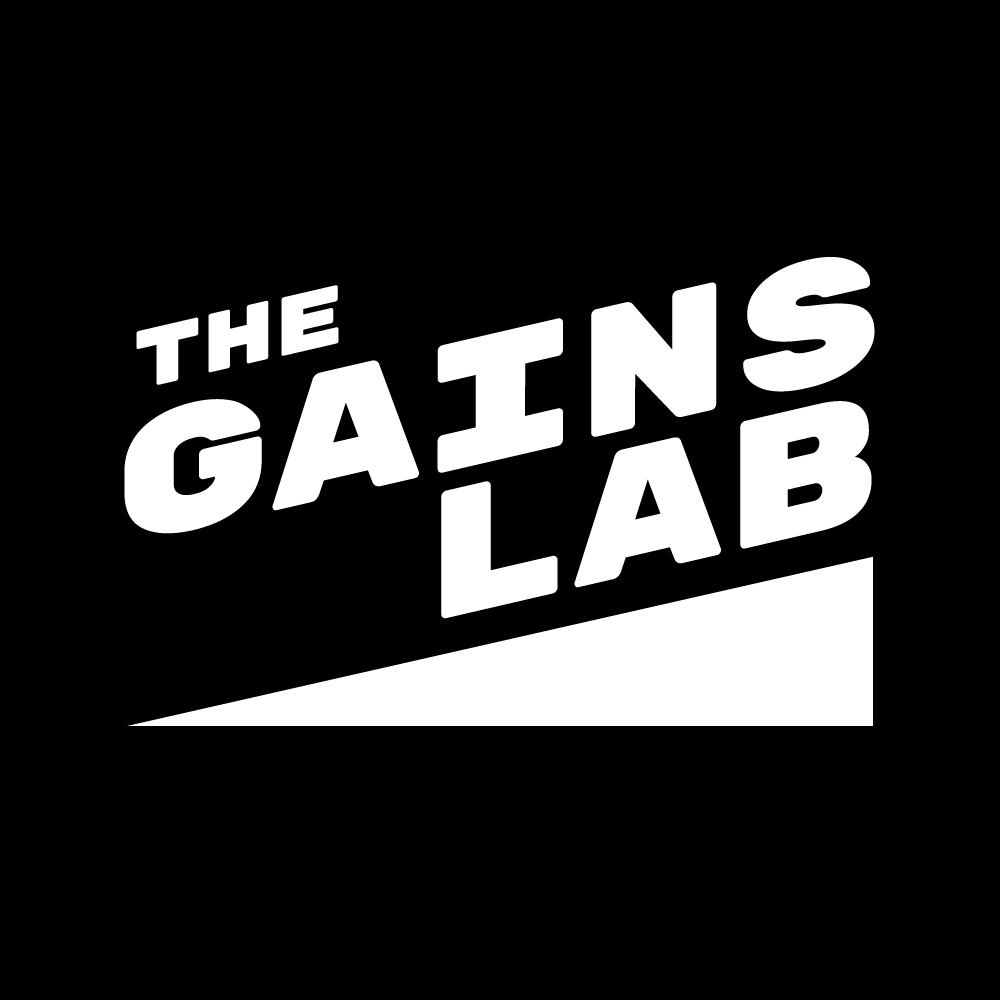Post exercise muscle glycogen resynthesis in humans
Introduction
The article discusses the process of postexercise muscle glycogen resynthesis in humans, emphasizing the importance of carbohydrate intake to optimize glycogen recovery between workouts or competitive events. It reviews historical and contemporary research on glycogen's role in exercise performance and cellular adaptation.
General Background
Endurance athletes rely heavily on carbohydrate-based fuels, such as muscle and liver glycogen, to sustain high energy output during prolonged exercise. The body's limited glycogen reserves make it crucial for athletes to consume adequate carbohydrates to support their training and recovery needs.
Rates of Glycogen Synthesis
Muscle glycogen resynthesis occurs at varying rates depending on the exercise intensity and dietary intake. Even without postexercise carbohydrate intake, glycogen synthesis can occur at low rates. However, consuming carbohydrates immediately after exercise significantly enhances glycogen resynthesis rates.
Glucose Transport and Glycogen Storage in Muscle
The article explains the biochemical pathways involved in glucose transport and glycogen synthesis, highlighting the roles of enzymes like hexokinase and glycogen synthase. Glycogenin, a protein involved in glycogen biogenesis, is also discussed.
Subcellular Localization of Glycogen
Glycogen is stored in different subcellular locations within muscle fibers, such as intra-myofibrillar, intermyofibrillar, and subsarcolemmal glycogen. These distinct pools have implications for muscle function and fatigue resistance.
Dietary Carbohydrate Intake and Muscle Glycogen Synthesis
The amount, timing, and type of carbohydrate intake significantly influence muscle glycogen resynthesis rates. Consuming carbohydrates immediately after exercise and maintaining high carbohydrate intake during recovery are crucial for optimal glycogen restoration.
Co-ingestion of Other Macronutrients
The article explores the effects of co-ingesting protein and other macronutrients with carbohydrates on glycogen synthesis. Protein co-ingestion can enhance glycogen resynthesis when carbohydrate intake is below optimal levels.
Other Dietary Agents
Various dietary substances, such as creatine monohydrate and caffeine, have been studied for their potential to enhance muscle glycogen storage by increasing glucose uptake and insulin sensitivity.
KEY TERMINOLOGY
Glycogen: A stored form of glucose found in liver and muscle cells, used as a quick energy source during physical activity.
Glycogen Synthase: An enzyme that catalyzes the formation of glycogen from glucose.
Hexokinase: An enzyme that phosphorylates glucose to glucose-6-phosphate, facilitating its use in energy production or storage.
Glycogenin: A protein that initiates the formation of glycogen particles.
Intramyofibrillar Glycogen: Glycogen stored within myofibrils, closely associated with muscle contraction machinery.
Intermyofibrillar Glycogen: Glycogen stored between myofibrils, near mitochondria and sarcoplasmic reticulum.
Subsarcolemmal Glycogen: Glycogen stored beneath the muscle cell membrane, involved in rapid energy mobilization.
Insulin Sensitivity: The effectiveness of insulin in facilitating glucose uptake by cells, crucial for glycogen synthesis.
Carbohydrate Loading: A dietary strategy to maximize glycogen stores before endurance events.
Supercompensation: The increased storage of glycogen in muscles following exhaustive exercise and high carbohydrate intake.
